Ajmer, a historic city in Rajasthan, is home to some of the most captivating forts in India. Ajmer Fort showcases a blend of historical grandeur and architectural brilliance. From majestic walls and intricate carvings to serene surroundings, these forts offer a unique glimpse into Rajasthan’s regal past. Exploring the Ajmer forts not only enriches your understanding of the region’s history but also allows you to appreciate the artistic achievements of bygone eras. Ajmer is a city famous for its culture and history.
Location
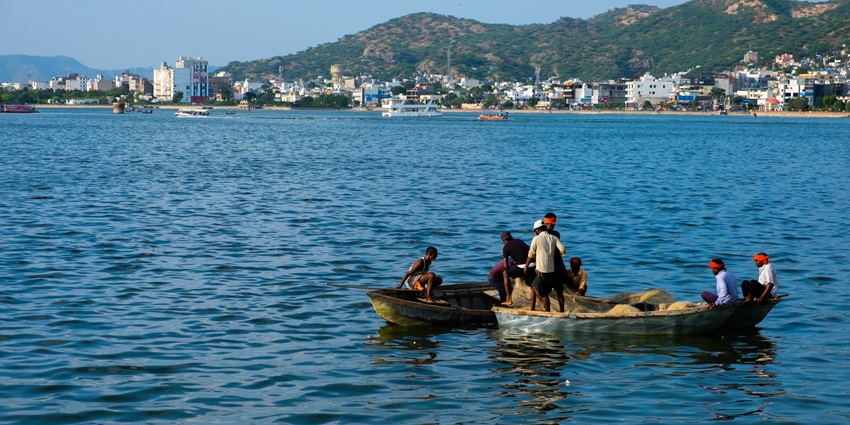
Photo: Araix Rand / Unsplash / Image For Representation Only
Ajmer is located in the heart of Rajasthan, surrounded by the Aravalli range. Its strategic position has made it a significant historical hub, attracting various dynasties and cultures over centuries. Each fort in Ajmer offers a unique glimpse into the past, adorned with intricate carvings and splendid structures. Whether you’re an architecture enthusiast or a history buff, exploring the forts of Ajmer provides an enriching experience that highlights the city’s glorious legacy.
Suggested Read: An Essential Guide To Kota Biological Park In Rajasthan
How To Reach

Photo: Chainwit. / Wikimedia Commons
By Road: Ajmer is well connected by a network of roads, making it easily accessible from major cities like Jaipur and Udaipur. Buses and taxis regularly operate on these routes.
By Train: Ajmer Junction is a major railway station with frequent trains connecting it to cities like Delhi, Mumbai, and Ahmedabad.
By Air: The nearest airport is Jaipur International Airport, about 130 kilometres away. From there, taxis and buses are available to reach Ajmer.
Places To Visit Around Ajmer Fort
1. Taragarh Fort
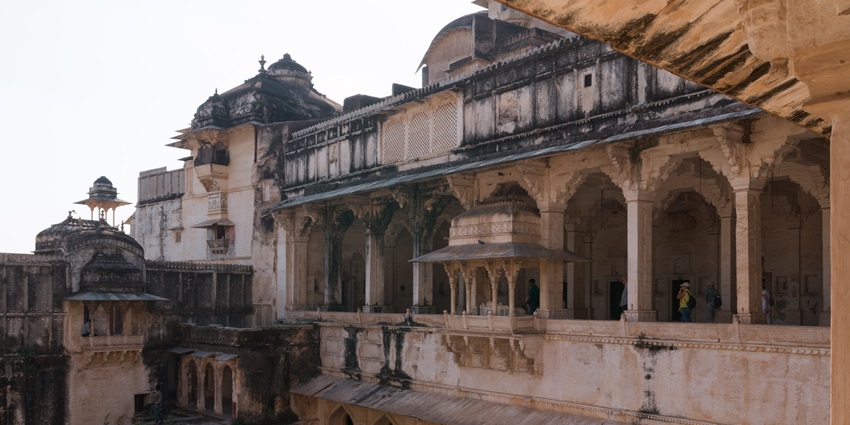
Photo: Daniel VILLAFRUELA / Wikimedia Commons / Image For Representation Only
Perched majestically atop a hill, Taragarh Fort stands as an architectural marvel dating back to the 14th century. This impressive fortress showcases remarkable ramparts and battlements, which are a testament to the engineering skills and ingenuity of that era. As visitors explore the fort, they will discover several ancient temples and a unique stepwell, each contributing to its historical allure. History enthusiasts will particularly appreciate the inscriptions and remnants of past battles that echo through its weathered walls, narrating tales of valor and resilience.
Best Time To Visit: September to February
Entry Fees: N/A
Suggested Read: Popular New Year Events In Udaipur For You To Celebrate
2. Ajmer Sharif Dargah

Photo: Monaal Garg / Unsplash / Image For Representation Only
While primarily recognized as a pilgrimage site, the Ajmer Sharif Dargah is also steeped in architectural beauty that deserves admiration. The dargah features intricate designs and a grand entrance that showcases Indo-Islamic architecture at its finest. As visitors approach, they are greeted by stunning mosaics and delicate carvings that reflect the craftsmanship of the era. The serene ambience of the site draws countless visitors, not only for its spiritual significance but also for its captivating architectural elements.
Best Time To Visit: October to March
Entry Fees: N/A
3. Fort Of Nahria
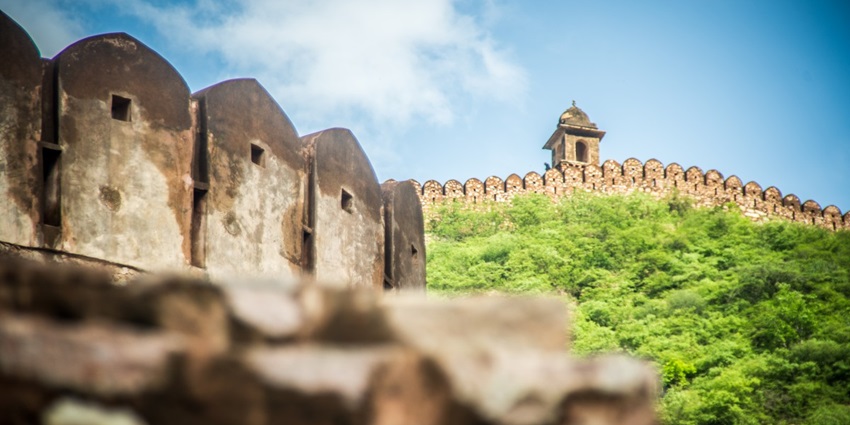
Photo: Pijarn Jangsawang / pxhere / Image For Representation Only
The Fort of Nahria is a lesser-known gem that provides a fascinating glimpse into the region’s rich history. Nestled amidst breathtaking landscapes, this fort features ancient ruins and remnants that narrate the stories of its past. Visitors can explore the crumbling walls and architectural features that reflect the bygone era, allowing for a deeper appreciation of the fort’s historical significance. The architecture of Nahria Fort blends seamlessly with its natural surroundings, enhancing its charm.
Best Time To Visit: October to March
Entry Fees: N/A
Suggested Read: Places To Visit In Udaipur At Night For A Refreshing Experience
4. Fatehgarh Fort
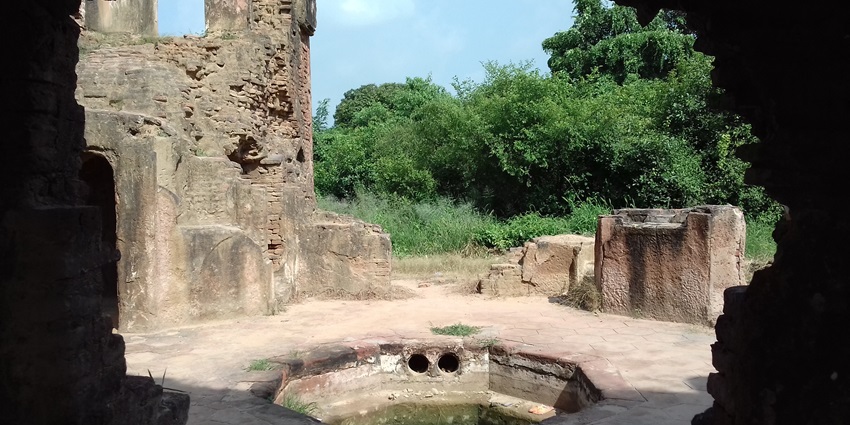
Photo: Kanu Bhardwaj / Wikimedia Commons / Image For Representation Only
Fatehgarh Fort offers breathtaking views of Ajmer and the surrounding countryside. Constructed during the reign of Maharaja Ajit Singh, this fort exemplifies Rajput military architecture with its robust structure and intricate design. Its strategic position made it a crucial defensive location in the past, allowing for surveillance of the area. Today, Fatehgarh Fort stands as a serene escape for visitors seeking tranquility and panoramic vistas. The fort’s well-preserved walls and inviting atmosphere invite exploration, making it an ideal spot for history enthusiasts.
Best Time To Visit: November to March
Entry Fees: N/A
Where To Stay
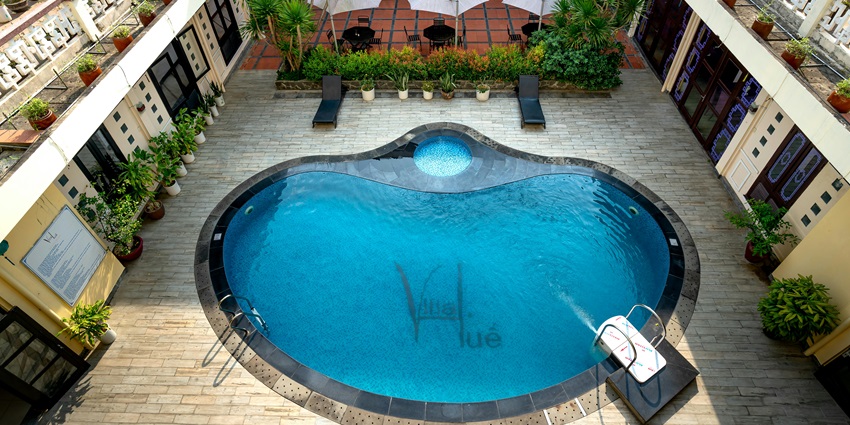
Photo: Quang Nguyen Vinh / Pexels / Image For Representation Only
Ajmer offers a variety of accommodation options to suit different preferences and budgets. From budget hotels to luxurious heritage properties, visitors can choose where to stay based on their interests. Heritage hotels, in particular, provide an enriching experience, allowing guests to immerse themselves in the royal past of the region. Staying in such properties not only offers comfort but also a unique ambiance that reflects the rich history and culture of Ajmer, making your visit truly memorable.
Suggested Read: Places To Visit In Jaisalmer In October
Where To Eat
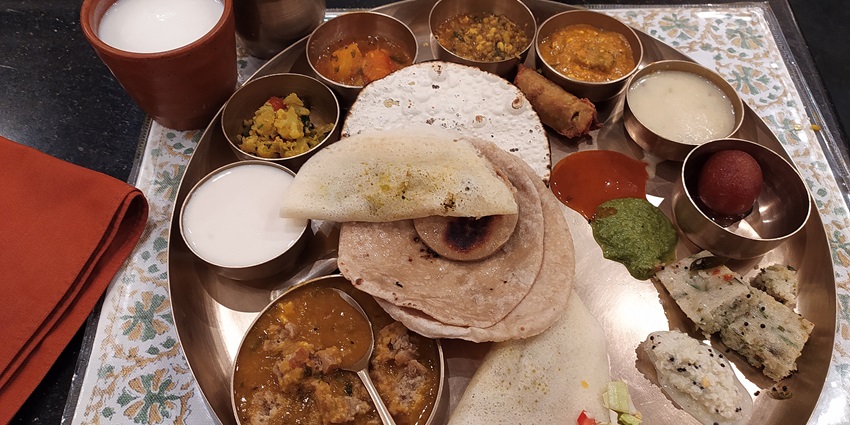
Photo: Nupur73 / Wikimedia Commons / Image For Representation Only
Ajmer is a paradise for food lovers, particularly those eager to savour traditional Rajasthani cuisine. Local eateries and dhabas serve a delightful array of dishes, including the iconic dal baati churma, spicy gatte ki sabzi, and an assortment of mouth-watering sweets like ghevar and moong dal halwa. Exploring the food scene in Ajmer is essential, as the flavours and culinary traditions encapsulate the vibrant culture of the region. Don’t miss the chance to try street food, which offers a unique taste of local life.
Best Time To Visit
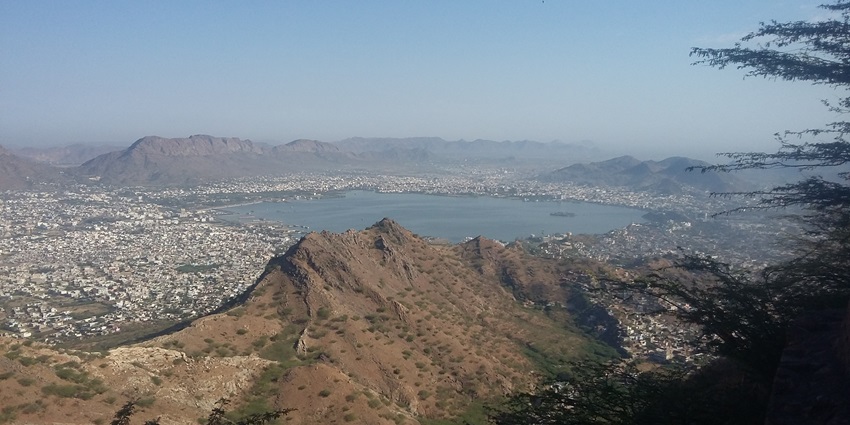
Photo: Shahrukhalam334 / Wikimedia Commons
The best time to explore the forts of Ajmer is between October and March. During these months, the weather is generally pleasant, with cooler temperatures that make sightseeing enjoyable. The comfortable climate allows visitors to wander through the historical sites and immerse themselves in the local culture without the discomfort of extreme heat. This period also coincides with various local festivals, adding to the richness of your experience in Ajmer.
Suggested Read: The Top Things To Do In Ranthambore
Other Things To Consider

Photo: Rachel Claire / Pexels / Image For Representation Only
Tips For Traveller
- When visiting the forts, it’s advisable to wear comfortable footwear as some forts may require walking on uneven terrain.
- Carry water and snacks, especially if you plan to spend extended periods at each site.
- Respect the local customs and traditions, particularly when visiting religious sites.
Visiting the forts provides a deep dive into Rajasthan’s architectural splendor and historical legacy. Each fort, from the towering Ajmer Fort to the serene Kharbuja Fort, offers unique insights into the region’s past. Exploring these forts allows travelers to appreciate the intricate designs and strategic significance that shaped Rajasthan’s history. It is laden with richness and beauty. Plan a trip with TripXL and have an enriching and memorable experience.
Cover Photo: Sikandar Ali / Unsplash


 WhatsApp
WhatsApp
 Twitter
Twitter









